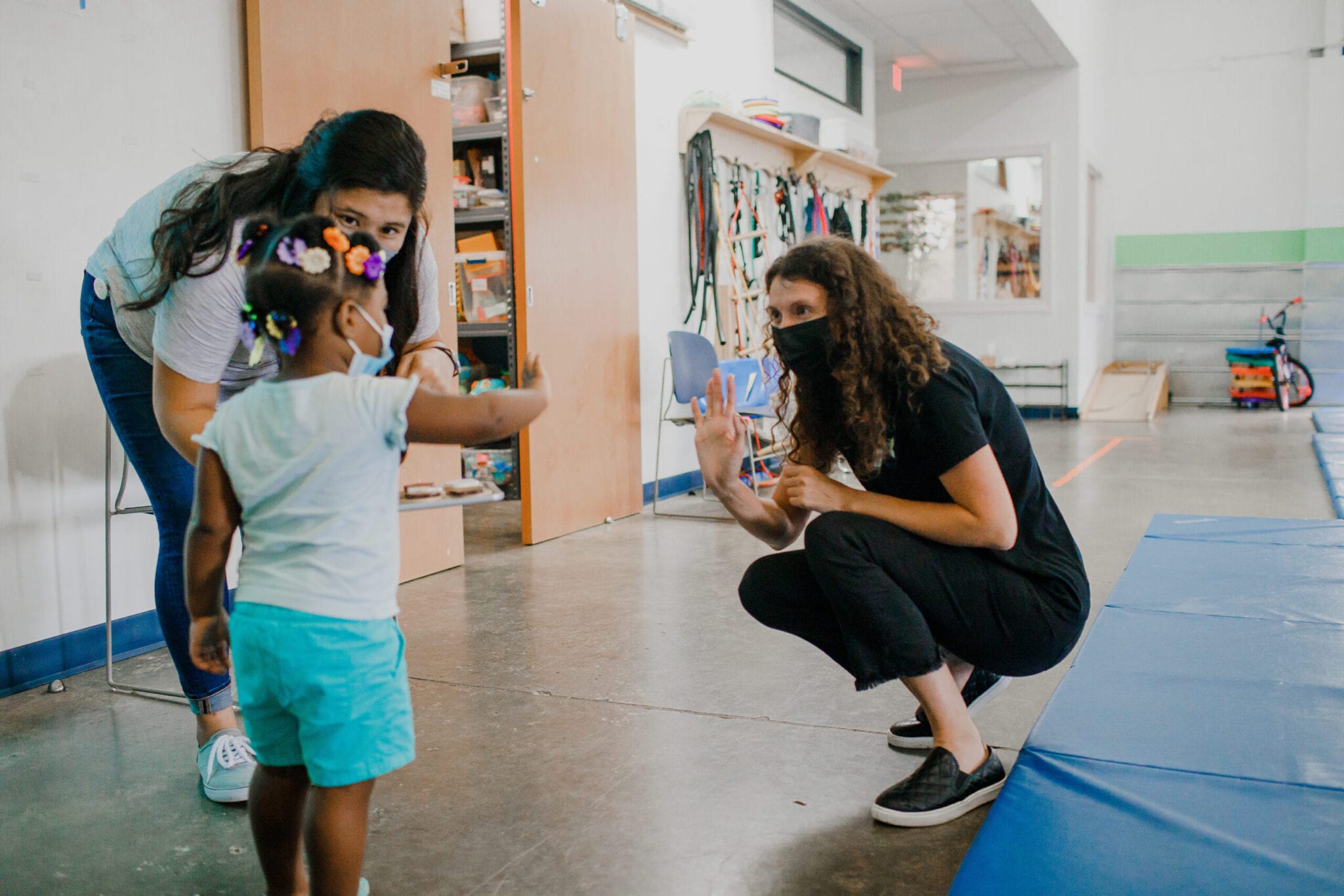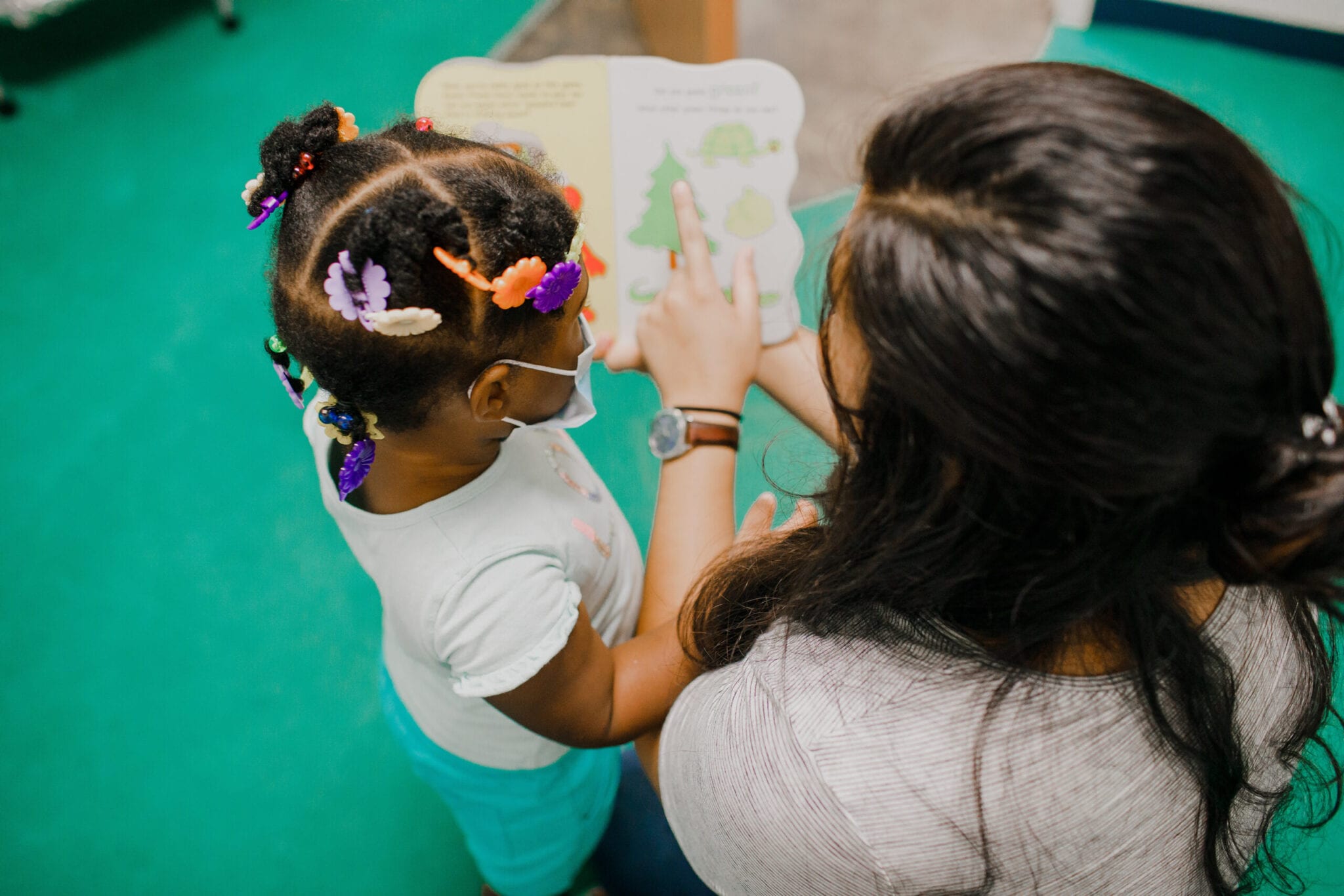Language development can be both simple and incredibly complex. Some children seem to be born talking. Others seem to take their own sweet time. It can be a challenge as a parent or caregiver to know when your child’s language is okay and when to wait and see. For some families, their child will start to use single words within an appropriate time…but when it comes time to start seeing words combined, their child stalls. Children are expected to start combining words between 18-24 month of age. If you are unsure if your child’s language is developing normally, you can check out this post that covers red flags (click here) or you can check out our interactive developmental milestone checklist (click here).
Best way to support language development at home is to learn strategies that can be used in your day-to-day life! So we have complied some strategies we use in the clinic below, along with a video that shows these strategies in action!
Parallel Talk
- Describe what your child is doing while they are doing it
- While they are playing with a car you might remark: “Oh! Car is going up!”
Self Talk
- Describe what you are doing
- Instead of cooking lunch in silence say: “Next I am going to cut carrots! Cut, Cut, Cut!”
Simplify language
- Keep it easy to imitate and easy to understand
- Instead of saying “We are going to the store to buy our groceries for the week.” you can try: “Go to store!”
Insert Predictable Language
- Use familiar phrases during daily routines and play activities
- Child is getting lots of exposure to words and will start using them too during those routines


Carrier phrases
- These phrase are consistent and can be used across many different environments with many different people
- “I want ____” “I see ____” “Put on ______”
- Once your child gets familiar with this, it provides them with a strong foundation to add on and create their own unique sentences
Recast and Expansion
- If your child says something to you, say it back to them with one additional word
- This is a great way to make utterances and sentences a little longer
- Child: “Potty” Adult: “Oh! Go potty!”
- Child: “Shoe on” Adult: “Okay. Put shoe on.”
Tapping
- This helps to alert child to expansion and to the models provided
- Tap table, their arm, or their leg with every word “I (tap) want (tap) chips (tap).”
Check out the video below from our Tuesday’s Talks, Tips, & Tricks series. Our therapist Laura describes these strategies and provides you with a demonstration with one of her clients.
